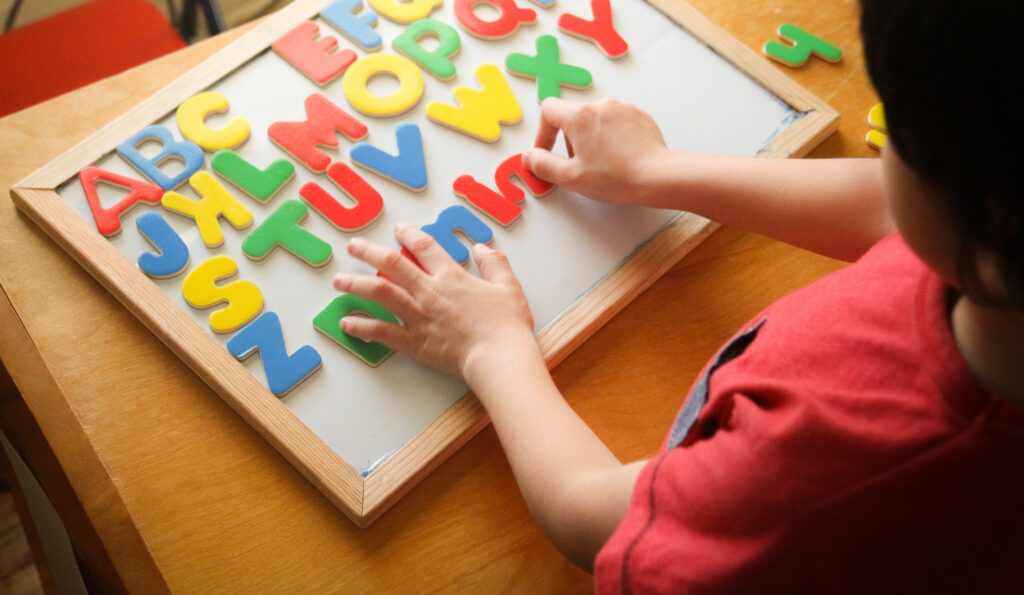Parenting Tips
March 2025
Written by: Mr. Chiu Wing Tak, a senior education expert and honorary advisor to the Association of Careers Masters and Guidance Masters

A student asked me, “Is there a quick fix for learning English?” I replied, “No!” While other subjects may have shortcuts, English does not. English is a language, and language is a skill. Learning a language is about mastering a skill, which requires patience, perseverance, and courage. Just like practicing Tai Chi or playing table tennis, one must practice daily and be consistent to achieve success. Therefore, there are no quick fixes for learning English!
Here are three methods that have been successfully used by others; you might consider trying one that suits your personality:
The first method is Read, Read, Read (extensive reading). Extensive reading can be categorized into two types: reading a large number of works by the same author and reading a variety of works by different authors. When I was in university, I knew a classmate with exceptional English skills. Although he was Chinese, he served as the editor-in-chief of an English newspaper, demonstrating his outstanding command of the language. I asked him how he mastered English, and he told me that he had thoroughly read the complete works of Conan Doyle’s “Sherlock Holmes” from beginning to end. Since then, his English had transformed dramatically. This is a great example of how extensive reading of a single author can enhance English skills.

I also taught a Form One student with a blood disorder who would be bedridden for half a month every two months. Despite this, he consistently scored among the top in English in his class. When I asked him how he managed this, he said, “During that half month in bed, my cousin brought me three or four English books each day. With nothing else to do, I finished them daily and, as a result, unknowingly improved my English level!” This is another good example of successfully enhancing English skills through extensive reading of different authors.
The second method is to read aloud the “Letters to the Editor” section of English newspapers every day. Once at a dinner, a high-achieving student came up to chat with me. I knew he had transferred from another Chinese primary school to La Salle College. When I asked how he learned English, he revealed that he read the “Letters to the Editor” in the South China Morning Post aloud every day. After six months, he naturally gained confidence in English and developed an interest in the language. Later, he achieved outstanding results in his exams.
The third method is to master English grammar. This was emphasized by Winston Churchill, the British Prime Minister who won the Nobel Prize in Literature in 1953. In his memoir “My Early Life,” he mentioned that his teacher, Mr. Somerville, continually practiced English analysis with him, which significantly improved his English skills. He said, “I learned thoroughly. Thus, I got into my bones the essential structure of the ordinary British sentence.” If you understand how to construct sentences, how can you still struggle with learning English?

The three methods mentioned above are essential approaches to mastering English. They all share a common principle: to learn English well, you must have patience—there are no quick fixes!









